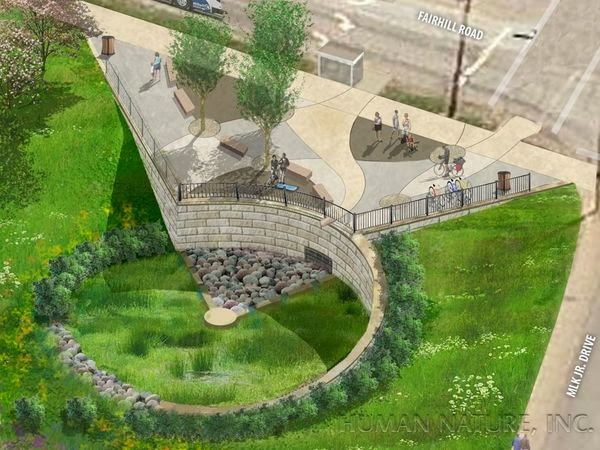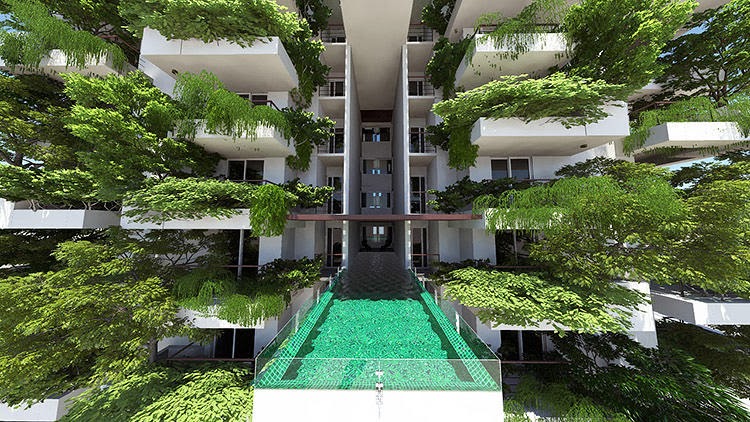
INSIGHT: The past, present and future of Project Clean Lake’s “green alternatives”
Posted by Jared Shepherd
- 4091 Views
- February 26th, 2014
- in Miscellaneous
- No Comments
Gray, green, or in between? For us, that’s an important question.
cleveland.com has been presenting a series of articles focused on Project Clean Lake, our 25-year $3 billion plan to reduced combined sewer overflow pollution. The stories have covered the agreement’s history and raised questions about “green alternatives” we may or may not have considered along the way.
In response, we’ve blogged about the alternatives we considered in the early 2000s, as well as the groundbreaking nature of our eventual agreement that allows us to evaluate and increase green-infrastructure implementation where it makes the most sense, both financially and environmentally.
Let’s take a closer look at those points for a moment to better understand how green fits in the scene.
During our consent decree negotiations, we wanted to make certain that we had full-control over our CSO program implementation, including the ability to replace any (or even all) gray infrastructure with green infrastructure if it is more cost effective. We worked hard to get regulators to agree to the terms of what we call Appendix 4, which effectively leaves the door wide open for us to propose an “all-green CSO solution” at any time should that make sense. That door remains open today.
Looking for more
Since then, we’ve undertaken two studies to look for green opportunities to replace our planned gray infrastructure projects. We even hired the same consultant that worked with Cincinnati Metropolitan Sewerage District to identify their opportunities to eliminate a tunnel using green infrastructure.
Here is more about those studies.
- Doan Brook Watershed GI Evaluation (Strand Associates, 2011): This study focused on the 7,800-acre Doan Brook watershed that drains into what would be the next tunnel project scheduled to be designed under Project Clean Lake. The study was undertaken in the hopes of finding green alternatives to replace our Doan Valley Tunnel system in whole or part. In the end, the study identified some good green opportunities that led to several of our current green infrastructure projects; however, it did not conclude that the District could eliminate the Doan Valley Tunnel project.
- Advanced Facilities Planning (Wade Trim with Strand Associates, ongoing): We are continuing our hunt for green opportunities right now. Similar to the 2011 study, we are examining the areas where we have proposed gray infrastructure projects and looking for green infrastructure opportunities. If we find any green opportunities that are cheaper and/or more effective than our grey infrastructure plan, our Appendix 4 provides us the flexibility to be as green as we want to be.
Looking forward
In addition, we’ve added a detailed “hunt for green infrastructure opportunities” into all of our CSO design project contracts. This is being done in an effort to continually examine where green could be more cost-effective than our proposed gray plan. If there are any green opportunities that are cheaper, or better solutions than our gray projects, we will find them and implement them on a project-by-project basis.
If the right CSO solution for Northeast Ohio is an all-green Philly-style approach, we have the tools and abilities to transform our program. Project Clean Lake carries us to 2036, so we still have a lot of time to continue exploring our opportunities.


